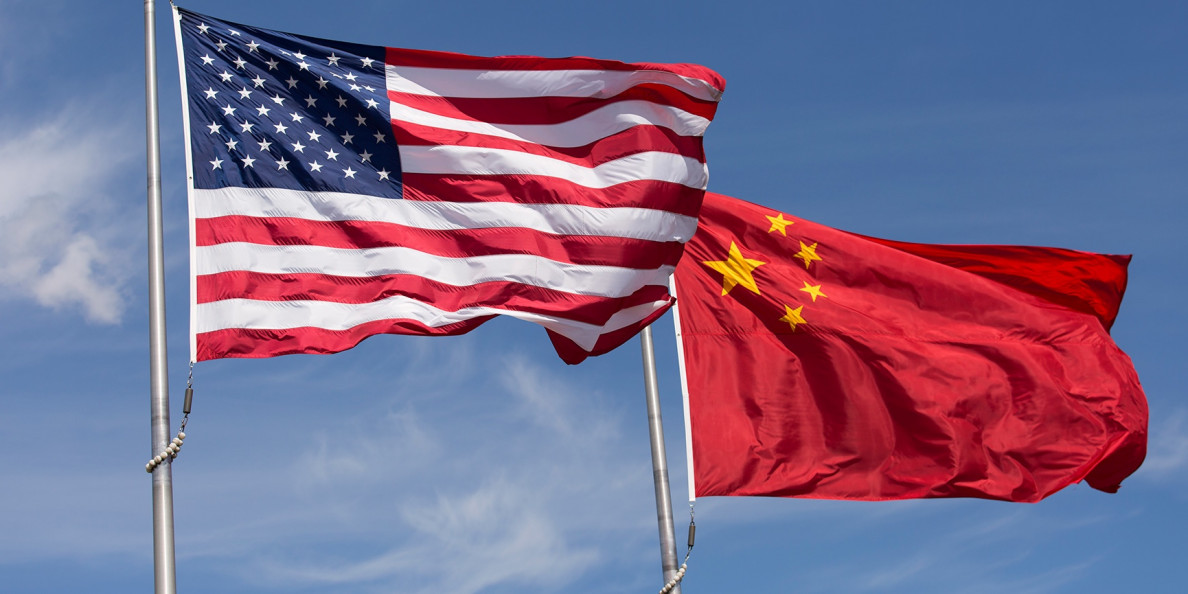Excess supply and a prolonged trade war with China continue to impact the cotton market.
Productive – and often stressful – conversations about the current trade dispute between the U.S. and China took center stage during the February 15 Plains Cotton Advisory Group meeting at Plains Cotton Growers (PCG) in Lubbock. The discussions also focused on how the U.S. cotton market with excess supply is being affected without China’s cotton business.
The trade situation is beginning to impact production agriculture in the United States. And, with the cost of inputs rising for production, coupled with slow demand, cotton farmers are starting to think about alternate strategies. Producers vocally expressed frustration with the dispute lingering so long without an end in sight.
“Tariffs are good for no one,” stated Darren Hudson, professor of agricultural economics at Texas Tech University. “Supply is relatively high compared to demand.”
Farmers who gathered agreed that the trade issue with China primarily centered around intellectual property rights has been going on for over two decades, which makes finding a resolution complicated. A solution to the dispute is in the interest of agribusiness, particularly cotton, as China is a major importer of U.S. cotton.
Availability of financial resources in these tough times is also critical. Market planning and getting control over input and operational costs need greater attention. “This emphasizes the need for savvy business calculations and cost-effective practices,” stressed Steve Verett, executive vice president of PCG.
With increased cotton acreage projected in the United States in 2019, the supply-demand situation is going to play a pivotal role in the cotton sector this year.
Currently, China and Turkey are not active buyers, stated one cotton merchant. Although there is demand for good grade at 70 cents, low grade cotton prices linger around 65 cents. These cotton price and demand situations are being seriously watched, as producers begin preparing land for this year’s cotton planting in West Texas.


